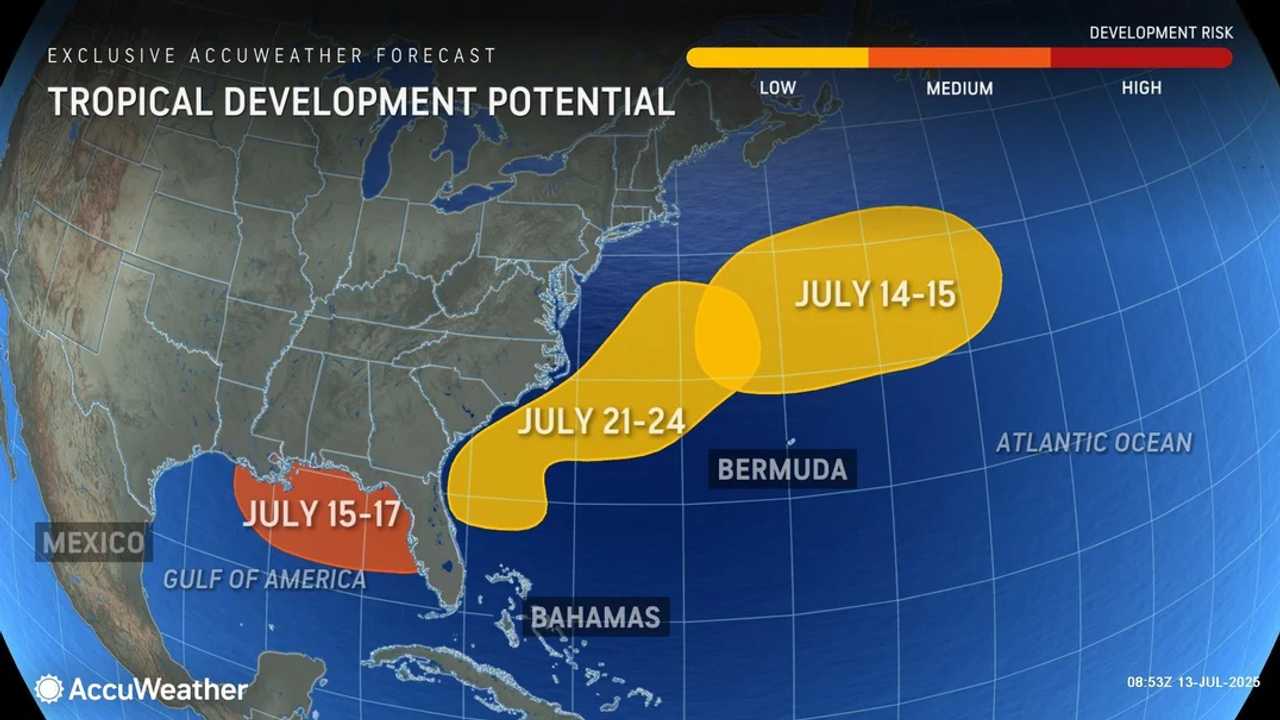Northwich's HMS Droxford taught seamen's trade to generations
BEING some 10 miles from the nearest salt water, Northwich is probably not the first town which springs to mind when someone mentions shipbuilding.
Yet, Isaac Pimblott & Sons built ships on the River Weaver for more than 100 years, often for use on the Weaver Navigation and Manchester Ship Canal, and by the nearby Mersey Docks and Harbour Board.
However, one vessel in particular, built on the banks of the Weaver, helped mould two generations of sailors whose first taste of life at sea was aboard her.
HMS Droxford was one of two Ford-class seaward defence vessels commissioned by the Royal Navy and completed by Pimblott's in 1954.
The Ford class was dreamt up late in the Second World War, when Allied air pressure in the Atlantic forced German U-boat captains to change tack.
“Droxford was built to pursue submarines in coastal estuaries and the approaches to harbours,” said Peter Down, who served on Droxford in 1955 and 1956 as a Royal Navy Volunteer Reserve (RNVR) schools entry trainee.

By the time Droxford was ready for service, the war was over and she was no longer needed as an anti-submarine ship, so she was handed over to the RNVR.
Posted to HMS Eaglet, the RNVR’s training base in Liverpool, she was renamed HMS Dee and operated as a training tender until 1959.
Other postings included HMS St Vincent in Portsmouth and HMS Kingsford on the River Clyde, where she was attached to Strathclyde University Royal Naval Unit for many years.
Her size, speed, and seaworthiness made her the perfect vessel for young, would-be sailors to cut their teeth on the open waves.
Peter added: “She was a super ship. Although she was small, she was very comfortable.

“The social side of it all was tremendous. There was great esprit de corps, as they say.
“She was a very seaworthy vessel with a very good, welded hull.
“With her sharp bow, she cut through the waves very well.
“The only downside to her, I would say, is in any sea greater than a force six, you ran for port.
“She wasn’t built for the open ocean.”
Droxford was much-loved by the young men of the RNVR, operating regular weekend voyages as well as trips of up to 20 days, right up until 1982.
Sadly her demise began in 1982 when, while moored to a Clyde jetty in heavy weather that year, she was crushed and severely damaged by another ship, Magnet.

After a 10-year lie at Milford Haven dock, there was talk of getting her back to Northwich in 2003 to be restored, but sadly, the project did not get off the ground.
Her final end came when, at a date unknown, she was sold for scrap and broken up at Pembroke Dock.
However, her legacy lives on in the illustrious careers of two generations of sailors who learned the seamen's trade aboard her.
Peter added: “Droxford gave us our first introduction to the essentially practical skills needed on a warship, such as manning and handling a sea boat, gunnery, and refuelling.
“We followed the same training and got the same qualifications as the regular Navy, though it took us much longer.
“When we went to sea, every minute was filled with drills and real or simulated emergencies. There was no cruising about waiting for cocktail hour.
“Runs ashore in Douglas, Fleetwood, Greenock, or Portsmouth were welcomed with typical RN gusto, but the less said about that the better.
“At age 19, I avoided national service by joining the Navy.
“I passed the exams and went to Dartmouth in 1957, eventually becoming a specialist in mine warfare and spending some exciting times in minesweepers.”
You may also like...
Diddy's Legal Troubles & Racketeering Trial

Music mogul Sean 'Diddy' Combs was acquitted of sex trafficking and racketeering charges but convicted on transportation...
Thomas Partey Faces Rape & Sexual Assault Charges

Former Arsenal midfielder Thomas Partey has been formally charged with multiple counts of rape and sexual assault by UK ...
Nigeria Universities Changes Admission Policies

JAMB has clarified its admission policies, rectifying a student's status, reiterating the necessity of its Central Admis...
Ghana's Economic Reforms & Gold Sector Initiatives

Ghana is undertaking a comprehensive economic overhaul with President John Dramani Mahama's 24-Hour Economy and Accelera...
WAFCON 2024 African Women's Football Tournament

The 2024 Women's Africa Cup of Nations opened with thrilling matches, seeing Nigeria's Super Falcons secure a dominant 3...
Emergence & Dynamics of Nigeria's ADC Coalition

A new opposition coalition, led by the African Democratic Congress (ADC), is emerging to challenge President Bola Ahmed ...
Demise of Olubadan of Ibadanland
Oba Owolabi Olakulehin, the 43rd Olubadan of Ibadanland, has died at 90, concluding a life of distinguished service in t...
Death of Nigerian Goalkeeping Legend Peter Rufai

Nigerian football mourns the death of legendary Super Eagles goalkeeper Peter Rufai, who passed away at 61. Known as 'Do...




